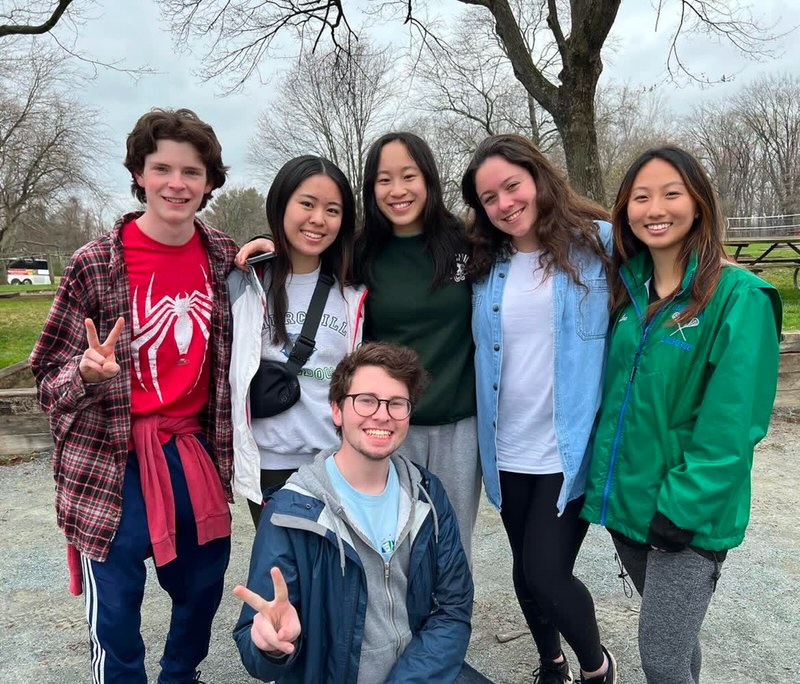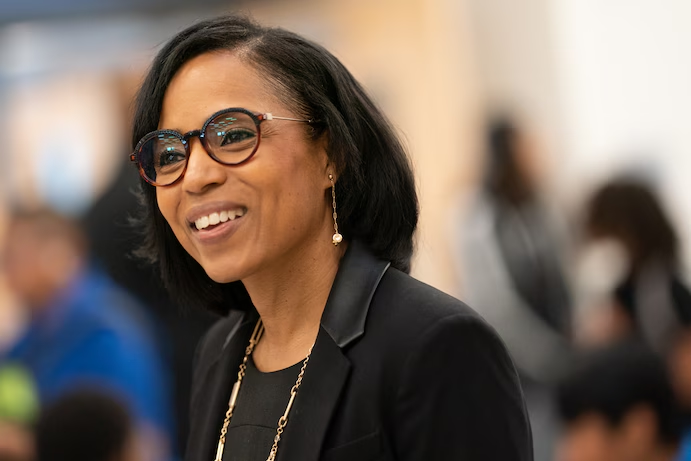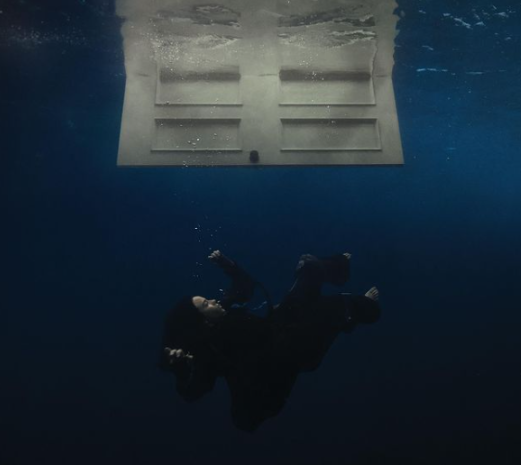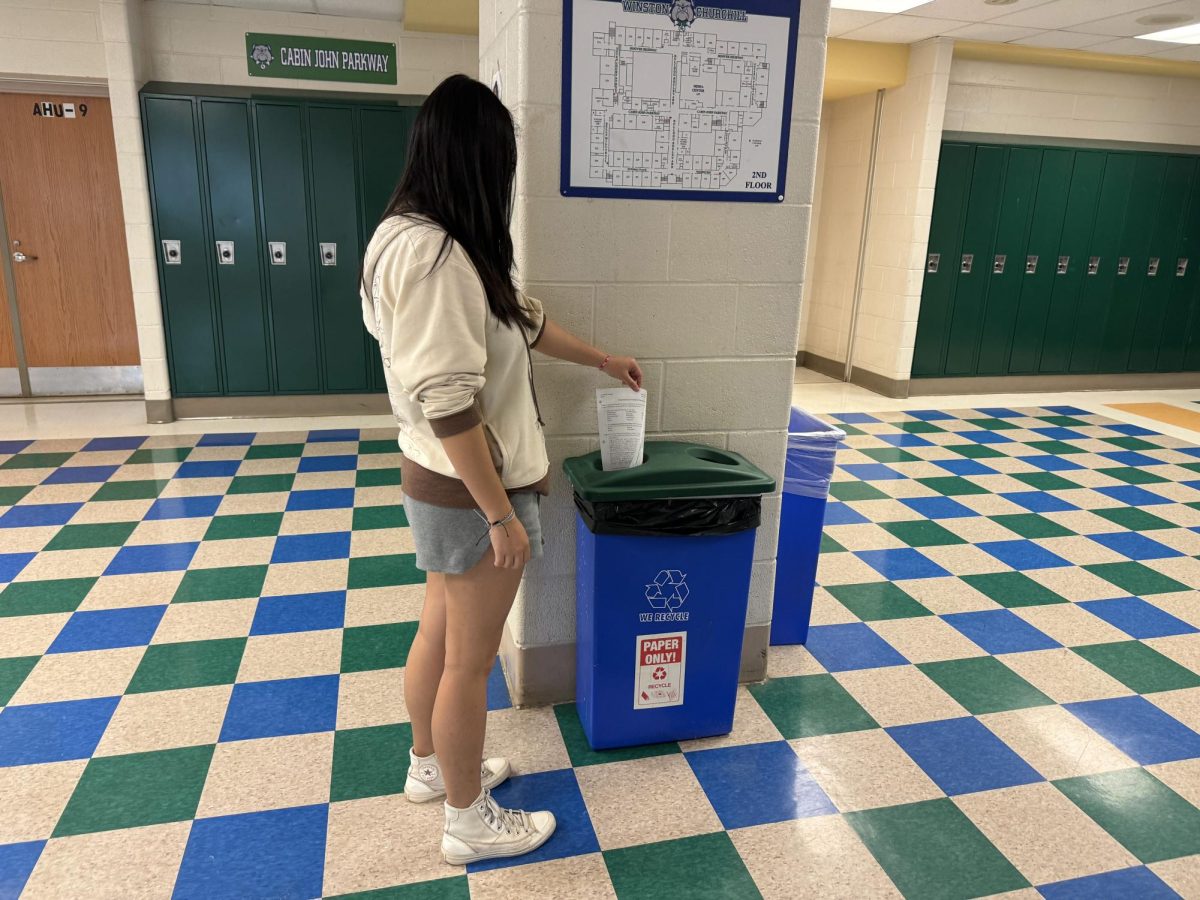A massive offshore 8.9 earthquake hit Japan March 11, triggering a 23-foot tsunami that devastated cities near the coastline, primarily the city of Sendai. The earthquake, one of the largest in history, continued to cause more destruction after the initial tremor with over 50 large aftershocks reaching farther inland to populated cities such as Tokyo and wreaking havoc among the people.
The Japanese government now faces a spectrum of problems including an astonishing death toll, damaged infrastructure, thousands of missing people, several ruined cities, potentially unsafe nuclear plants and possible illness from radiation.
According to a March 21 Reuters article, over 9,000 Japanese civilians have died, and over 20,000 are still missing.
The earthquake has had far-reaching effects on the rest of the world, including CHS where several students and staff members have visited Japan or are from there.
“On my last trip to Japan I visited Sendai and the houses are probably destroyed,” said junior Lindsay Horikoshi, who lived in Tokyo for five years. “I was confident Tokyo would be okay, but it’s really sad. They have to hoard their food, conserve fuel. The electricity is still down.”
One of the largest issues facing humanitarian workers has been locating those missing, but companies and people have come up with innovative ways to help. Another issue facing workers is reaching out to people despite the lack of electricity, water and transportation. Horikoshi contacted her friends and family in Japan through Facebook since most of them lost their power but still had their phones.
The Japanese Red Cross has deployed 171 medical teams with over 800 people to provide medical transportation, but the lack of electricity and the danger of the nuclear power plants make recovery more difficult. Radiation is also a large threat to safety.
English teacher Jennifer Poness’ sister and brother-in-law lived in Japan for his job and were evacuated by the company primarily because of the risk of exposure.
“The nuclear radiation became a much bigger concern,” Poness said. “They’re grateful they’re safe but they left people behind. It’s heartbreaking to see that kind of thing happen.”
For Poness, having relatives in Japan at the time of the disaster was extremely stressful.
“I was immediately worried about where they were and how to get in touch,” Poness said. “We couldn’t for the first day which was nerve-wrecking, but we got a call through Skype. It was really scary not knowing whether they were okay.”
In the aftermath of the disaster, Japan is working to slowly piece everything back together, and Poness is confident they will succeed.
“I know from being there that they have a very strong culture,” Poness said. “They have the sense that they’ll come back from this and rebuild.”
Still, the victims of the disaster and their families are traumatized by what occurred.
“It’s horrifying because it’s so sad,” said junior Katherine Markin, who is half-Japanese. “I was there two summers ago. You recognize the farmlands, you recognize the cars; it was really depressing.”
Students have responded to the disaster by trying to raise money to help those affected. The Civitan’s Club is selling bracelets for $2 throughout April. All proceeds go to the relief efforts in Japan.







